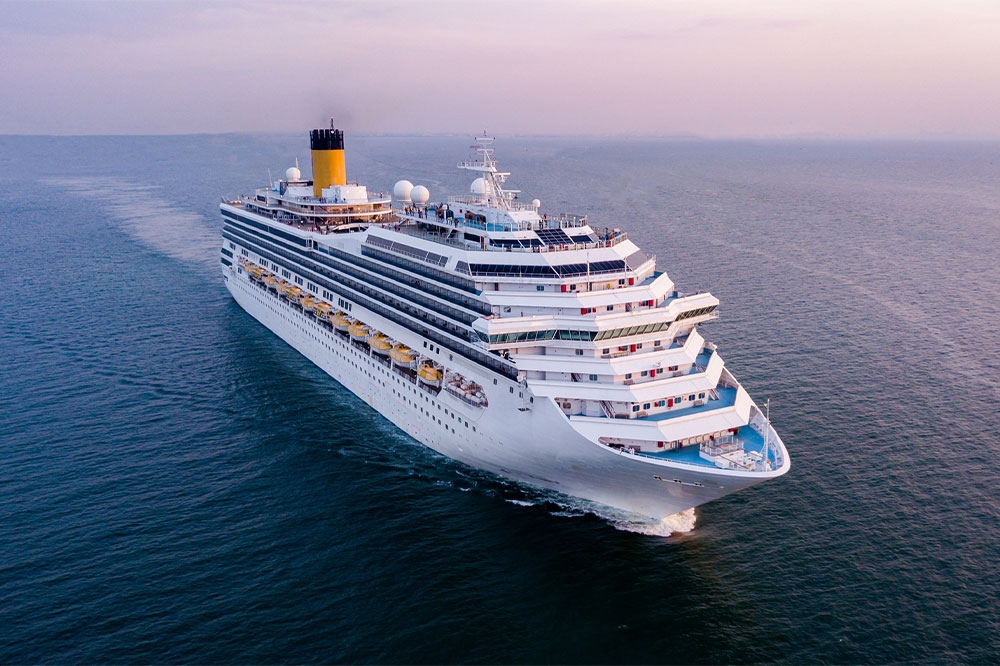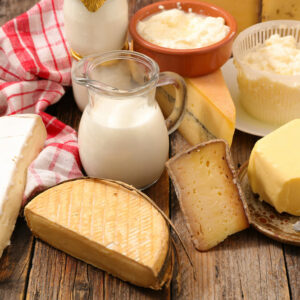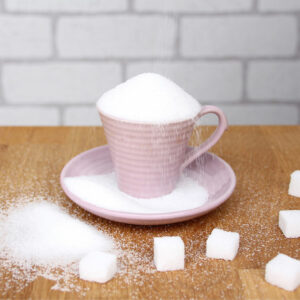10 mistakes to avoid on board a cruise vessel

Embarking on a sea cruise is a fabulous way to spend holidays with family and friends. Such a trip combines the very best of sun, sand, surf, and seafood to provide a relaxing experience. Unwinding on a luxury vessel away from the daily grind will put your mind at ease. However, a few things should be considered to ensure your holiday goes smoothly. Here are 10 mistakes to avoid while on a cruise ship:
Not following the ship’s rules
Every ship has a code of conduct that requires passengers to be on their best behavior and not undertake activities that could endanger their own lives and those of fellow passengers. Breaking this code of conduct could mean that the cruise staff is entitled to disembark you at the next port. For example, certain areas of the ship, such as the engine room, are only accessed by the technical crew and not passengers. Respect this rule to ensure your safety and that of others.
Being rude to the crew and passengers
Traveling on a cruise ship involves being in close quarters with a large number of people with varying personalities. In such circumstances, petty disagreements have the potential of blowing out of proportion. Be courteous and respectful to both crew and fellow passengers. Avoid cutting in line at the buffet or being rude to the crew to save yourself a lot of trouble. In some cases, passengers have been banned from certain facilities for unruly behavior on the ship.
Engaging in dangerous acts
Many passengers put themselves in danger while trying to capture the perfect vacation photo. Avoid taking selfies while standing on the railing or perching precariously on any part of the ship that is off-limits to passengers. Falling overboard is an extremely high-risk situation that can be fatal.
Keeping food in the cabin
Most cruise liners offer a highly extensive buffet spread throughout the day. There is really no need to carry food to the cabin room. Passengers often forget about leaving leftovers in their room, and the smell of stale food spreads across the entire floor and causes major inconveniences to others.
Additionally, one should avoid eating foods like sushi and old pizza on a cruise ship, as they can carry germs/diseases. Instead, opt for fresher foods, like the ones that are prepared in front of you. It is also advisable to avoid indulging in soft-serve cones, as the machine is operated by many people during the day. If you would really like a cone, consider placing a clean napkin on the lever when dispensing the soft serve.
Not understanding the fare
Read the fine print and have a clear idea of the services covered in your fare. While many liners provide an all-inclusive fare that covers meals, lodging, transport, and entertainment, certain expenses are not included. While meals are part of the all-inclusive cost, beverages are usually charged extra. Consider the liner’s beverage plan to see whether it suits your needs. When you do the math, not all drinks packages offer the savings that are promised. Also, the cost of specialty restaurants and spa treatments is usually not part of the all-inclusive fare.
Littering the sea
Much of the plastic and junk from all over the world gets thrown into the sea. And this is why international and maritime laws are quite strict about throwing trash overboard. Ensure you are disposing of your trash in garbage cans on the ship and not throwing anything overboard. Passengers could be fined for littering the seas.
Missing the muster drill
The muster drill on a cruise ship is a safety briefing just before the vessel sets sail. Attending this briefing is mandatory and essential since it lets all passengers know where to assemble in case of an emergency. The briefing also covers the use of life jackets and instructions on what to do during an emergency. Since the crew usually takes attendance, skipping a muster drill may incur unwanted consequences.
Missing departure times
Cruise liners rarely wait and delay their own schedules. If you do not show up on the embarkation date on time or return late after an excursion, you may have to say goodbye to your holiday plans. No passenger wants to be left stranded in foreign lands because they missed the ship’s departure time.
Every liner organizes shore excursions at their ports of call. This feature is a convenient way to get some sightseeing done since everything is taken care of by them. Another advantage of booking the cruise liner’s excursions package is that the ship will not sail till you return. Venturing out on your own would mean you are responsible for keeping track of the time and returning before the ship departs.
Not preparing for sea sickness
You may get seasick, especially if it is your first time on a ship. Be prepared with alternative treatment options, such as ginger preparations or acupressure wristbands that help deal with seasickness. Alternatively, you can consider booking a cabin located mid-ship on a lower deck, since this is the most stable part of the vessel. Food poisoning is also a potential way to get sick, so eat only cooked food.
Staying on board when in port
You will get plenty of time to enjoy the ship’s amenities when it is sailing. When the ship docks at an exotic location, use the opportunity to explore a new place and culture. Going on a cruise is about enjoying the breeze, staring at fantastic ocean views, enjoying great food and onboard entertainment, and appreciating the amenities on board. Avoid rookie mistakes and dangerous behavior to have a stress-free and memorable holiday.



